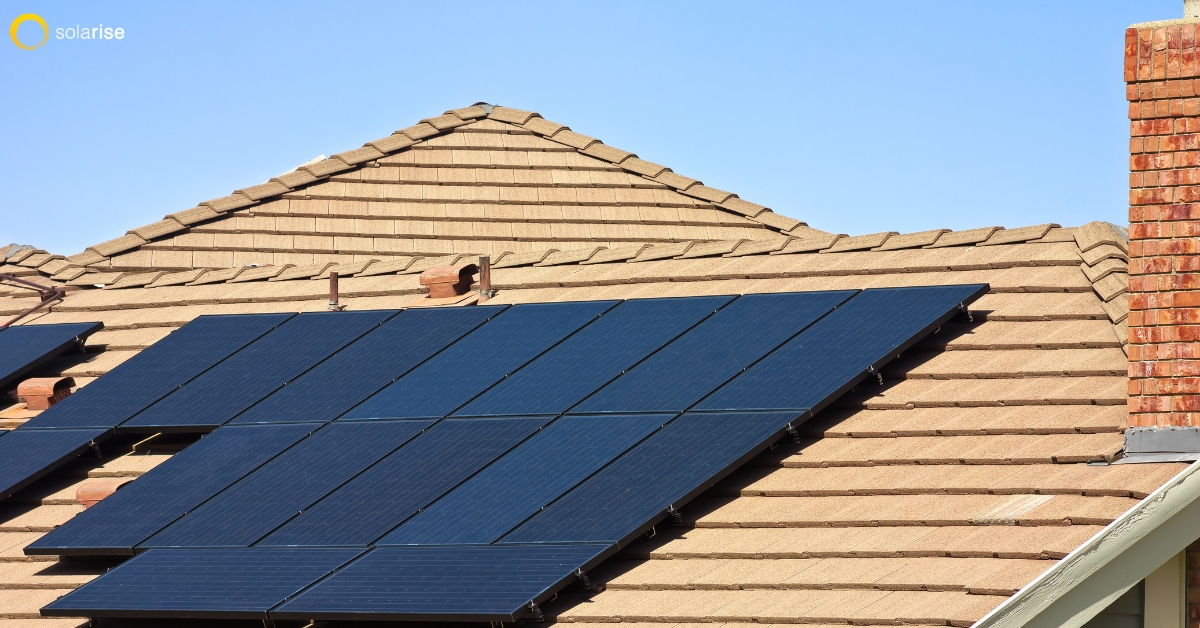Harnessing the abundant energy of the sun with solar panels is a green and cost-effective solution for powering your home. However, it's not as simple as just placing the panels on your roof or property. The angle and direction of your solar panels significantly affect how much sunlight they can capture and convert into electricity. So, what's the best angle for solar panels to achieve maximum output? Let's dive in and illuminate this crucial aspect of solar energy installation. This guide will help you optimize your solar power generation.
The Science Behind Solar Angles
The positioning of your solar panels is a critical element in capturing the maximum amount of sunlight. Solar panels work by absorbing sunlight with photovoltaic cells, generating direct current (DC) energy and then converting it to usable alternating current (AC) energy. The more sunlight those cells can capture, the more electricity the solar panels can produce. Therefore, the angle at which solar panels are installed plays a vital role in maximizing the amount of sunlight they can capture.
What’s the Ideal Angle for Installing Solar Panels?
Determining the ideal angle for your solar panels depends largely on your geographical location. The general rule of thumb is to set the solar panel tilt angle equal to your latitude. This principle works well because it assumes the sun is always directly above the equator and considers the shift in the sun's position between seasons.
For homeowners in Colorado Springs and Utah, aligning the panels at an angle equal to the latitude (approximately between 37° and 41°) can provide a good starting point. However, this angle should be fine-tuned based on other factors such as local climate, the orientation of the roof, and potential shading from nearby objects.
Adjusting Solar Panel Angles by Season
While setting your panels at an angle equal to your latitude provides a decent average efficiency throughout the year, adjusting the tilt of your solar panels according to the season can further optimize their output.
In the summer, when the sun is higher in the sky, the angle of your solar panels should be lower. On the contrary, in winter, when the sun travels a lower path across the sky, the tilt should be higher. A rough guideline is to subtract 15° from your latitude for the summer angle, and add 15° to your latitude for the winter angle.
Adjusting the solar panel angle in spring and autumn will typically provide the best performance. For these seasons, set the solar panel angle equal to your latitude.
Remember, these seasonal adjustments will only make a significant difference for tiltable ground-mounted solar panels. Rooftop panels are typically set at a fixed angle based on the roof's slope.
By understanding the science behind solar angles, homeowners can ensure they're harnessing the maximum potential of the sun and securing the most significant savings on their energy bills.
Professional Assistance for Optimizing Solar Output
Installing solar panels involves calculations and technical know-how. By engaging professional services, you can ensure that solar panels are installed at the correct angle, offering maximum efficiency.
Your Solar Partner in Colorado Springs and Utah
At Solarise Solar, we understand solar energy and the nuances that come with it. Our expert team is committed to optimizing your solar output, from consultation to installation, and beyond.
Financing Your Solar Dream
Investing in solar panels is an investment in our planet's future. With flexible financing options from Solarise Solar, we help make this sustainable solution a reality for homeowners.
Maximize Savings with Government Incentives and Tax Credits
A major advantage of transitioning to solar energy is the potential for significant financial savings. Apart from reducing your electricity bills, installing solar panels also qualifies you for attractive state and federal tax credits. These incentives can offset a substantial portion of the installation costs, making solar power an even more affordable choice. For instance, the Federal Solar Investment Tax Credit can return as much as 30% of your total installation costs through 2032. After 2032, the credit will decrease to 26% in 2033 and 22% in 2034. In addition, Colorado Springs and Utah both have state-specific programs that offer additional incentives for homeowners choosing to install solar panels. By taking advantage of these incentives, you're not only making a positive environmental impact but also a savvy financial decision.
Optimize Your Solar Output with The Perfect Angle
When it comes to solar panels, every degree matters. The right angle can significantly enhance power output and the efficiency of your solar system, leading to maximum savings and a greener home.
Ready to harness the power of the sun? At Solarise Solar, we're here to guide you through the process of installing solar panels. Schedule your free consultation with us today and start your journey towards a sustainable, energy-efficient home.
Other related articles:
- Planning for the Shift: How to Get Solar Panels for Your Home
- Unlocking Your Energy Potential: Why Choose Ground Mounted Solar Panels
- Investing in Solar Panels: A Smart Choice for Homeowners
- Maintaining Your Solar Panels During Winter: The Importance of Solar Panel Cleaning
- Ring in the New Year with Renewable Energy: How Many Solar Panels are Needed to Power Your House?






